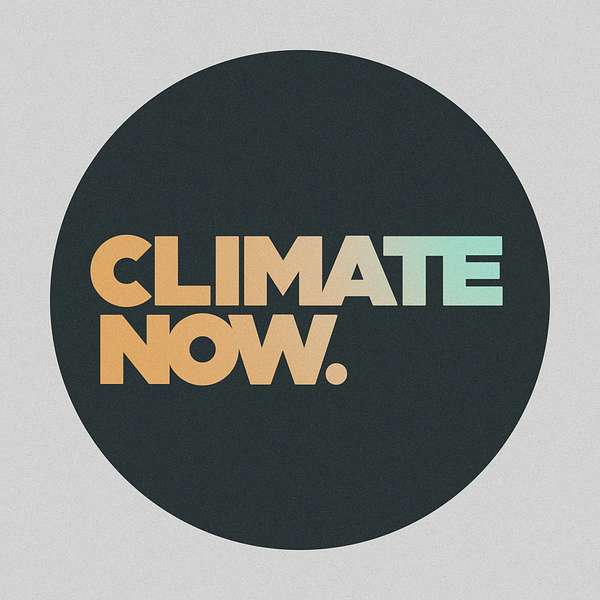
Climate Now
Explaining the key scientific ideas, technologies, and policies relevant to the global climate crisis. Visit climatenow.com for more information, video series, and events.
Climate Now
Two views on the future of the US electricity grid
The United States’ aging electricity grid is a problem. Over 70% of the major transmission networks – which transfer electricity from power generation centers to endpoint users in homes and buildings, sometimes in other states – are at least 25 years old, and much of the grid was built in the 1960s and 1970s. As the number of renewable energy projects being built to meet clean energy goals increases, the problem of how to connect them to the grid is only growing larger, as transmission infrastructure projects can take decades to approve and build, and utilities navigate the energy storage landscape.
The US faces an existential question: as it looks ahead to a clean energy future, what should it do about its electricity grid? Should state and regional utility networks be rebuilt, or should they be replaced with more distributed forms of electricity production and storage—like microgrids with rooftop solar and local wind energy projects? Or does the solution lie in a combination of both?
Climate Now posed these questions to two experts whose work examines the future of electricity generation and storage in the United States. Paul Denholm is a senior research fellow at the National Renewable Energy Laboratory, specializing in the technical, economic, and environmental impacts and benefits of large scale deployment of renewable electricity generation. Bill Nussey is an author, CEO and venture capitalist whose 2022 book, “Freeing Energy,” examines the disruptive nature of distributed energy generation and its potential to produce cheaper and more reliable electricity, faster. Tune in to hear what they have to say about the future of the US electricity grid.
Follow us on Twitter, LinkedIn, Facebook, and Instagram.
Contact us at contact@climatenow.com
Visit our website for all of our content and sources for each episode.